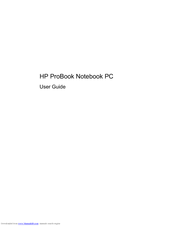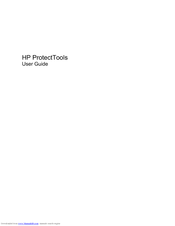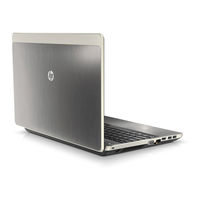HP ProBook 4325s - Notebook PC Manuals
Manuals and User Guides for HP ProBook 4325s - Notebook PC. We have 5 HP ProBook 4325s - Notebook PC manuals available for free PDF download: User Manual, Maintenance And Service Manual, Frequently Asked Questions Manual, Getting Started
HP ProBook 4325s - Notebook PC User Manual (196 pages)
HP ProBook Notebook PC User Guide - Windows 7
Table of Contents
Advertisement
HP ProBook 4325s - Notebook PC User Manual (103 pages)
HP ProtectTools User Guide - Windows XP, Windows Vista, Windows 7
Table of Contents
Advertisement
HP ProBook 4325s - Notebook PC Getting Started (19 pages)
HP ProBook 4425s: Quick Start
Table of Contents
HP ProBook 4325s - Notebook PC Frequently Asked Questions Manual (25 pages)
HP ProtectTools Security Software 2010
Table of Contents
Advertisement




